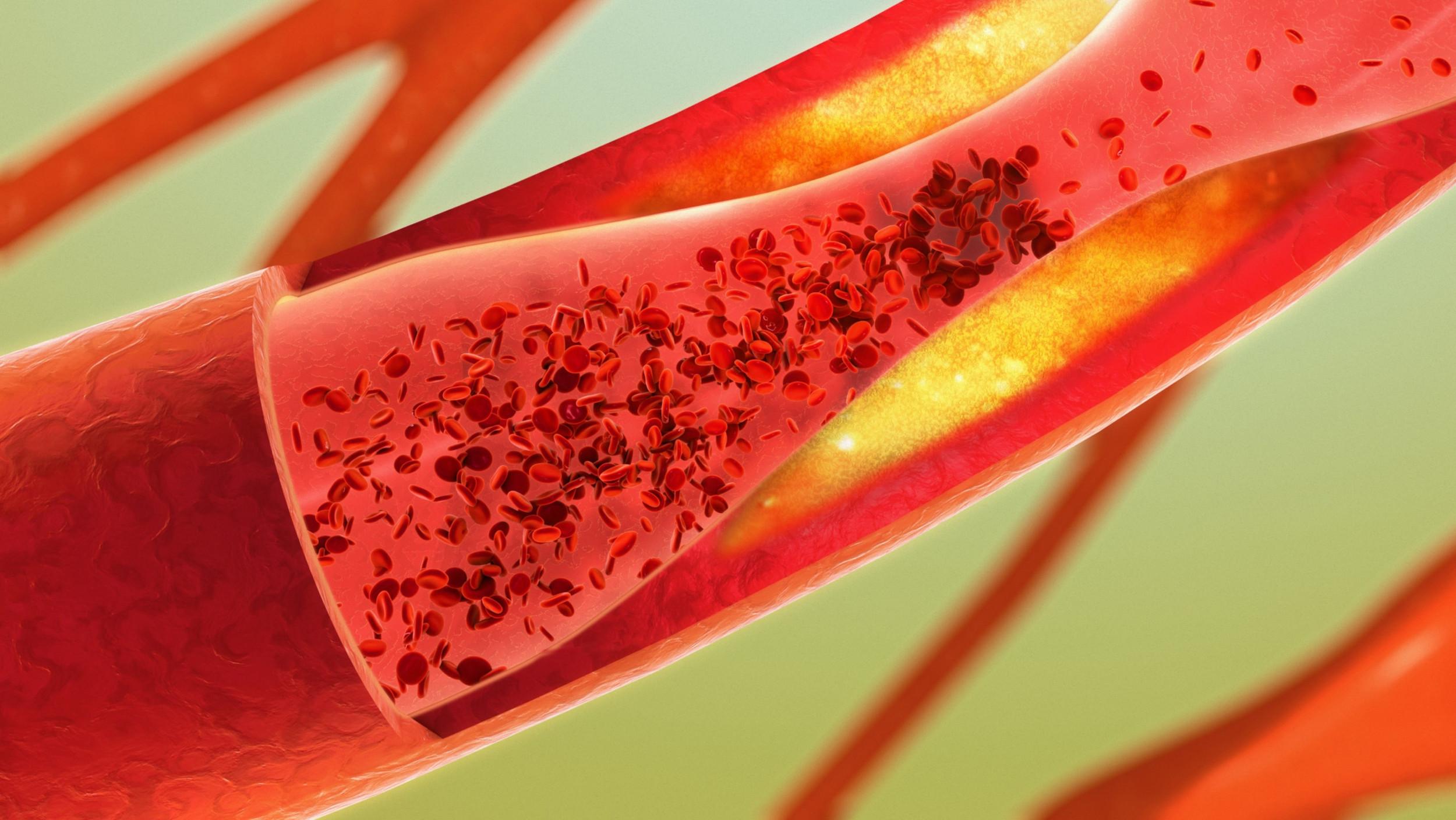
Hemostatic screening tests, prothrombin time (PT) and activated partial thromboplastin time (APTT), are frequently used to assess the bleeding risk, for example, before an operation or an invasive procedure. These tests can detect coagulation abnormalities (with the exception of factor XIII deficiency) but are not suitable for primary hemostasis disorders.
The Thrombin Time is a screening test to assess abnormalities of fibrinogen and to detect inhibitors against thrombin or fibrin.
The PT measures the time necessary to generate fibrin after activation of factor VII. It’s a screening test for the extrinsic and common pathways of coagulation (Factors II, V, VII, X and Fibrinogen) sensitive to hereditary or acquired coagulation disorders and liver failure.
Normal PT ranges: 10 - 14 sec
(May vary between reagents, please refer to manufacturer’s insert)
Liver disease or liver dysfunction leads to a decreased production of most coagulation factors. A decreased production of coagulation factors leads to prolonged PT.
Vitamin K is a necessary component in factors II, VII, IX, and X. A deficiency in vitamin K will lead to a decrease in these factors and prolong PT. Potential causes that can lead to decreased vitamin K levels include malnutrition, prolonged antibiotic use, and impairments with fat absorption.
Hereditary deficits that explain a prolongation of Prothrombin Time include factor VII and possibly rare cases of hereditary combined vitamin K-dependent coagulation factor deficiency.
DIC causes a system-wide activation of coagulation, depleting available coagulation factors leading to an increase in PT.
Inherited deficiency of factor VII is a rare bleeding disorder characterized by a prolonged PT and a normal APTT. The PT completely corrects when mixed with normal plasma.
Acquired deficiencies are usually related to liver disease, warfarin therapy, or depletion secondary to consumptive coagulopathy, severe bleeding, or massive transfusion.
Circulating inhibitors are most often directed at factor X or thrombin. Most common are heparin, Direct Oral Anticoagulants (DOACs) and products of fibrinolysis. In their presence the prolonged PT cannot be completely corrected to normal in a 1:1 mixing study.
The APTT measures the time necessary to generate fibrin from initiation of the intrinsic pathway.
It’s a screening test for the intrinsic and common coagulation pathways (Factors VIII, IX, X, XI, XII, V, II Fibrinogen PK and HMWK) sensitive to hereditary or acquired coagulation disorders and liver failure.
| Reagent | Normal Ranges (seconds) |
| Yumizen G APTT Liq | 23.2 - 35.2 |
| Yumizen G APTT | 28.4 – 40.2 |
The reference ranges vary from one laboratory to another depending on the population to be studied, as well as on the working techniques, methods, analyzers and reagents used. Therefore, each laboratory should determine its own reference ranges.
Liver disease or liver dysfunction leads to a decreased production of most coagulation factors. A decreased production of coagulation factors leads to prolonged APTT.
Vitamin K is a necessary component in factors II, VII, IX, and X. A deficiency in vitamin K will lead to a decrease in these factors and prolong APTT. Potential causes that can lead to decreased vitamin K levels include malnutrition, prolonged antibiotic use, and impairments with fat absorption.
Hemophilia is a bleeding disorder in which blood clotting is impaired. Although the bleeding symptoms are similar in hemophilia A and B, the underlying causes are different: a deficiency of factor VIII in hemophilia A and factor IX in hemophilia B.
Congenital deficiencies of factor XII or prekallikrein (PK) and High-molecular-weight kininogen (HMWK or HK), do not cause bleeding disorders.
Lupus anticoagulants (LACs) are IgG immunoglobulins directed against a number of phospholipid-protein complexes. LACs may prolong the phospholipid-dependent PTT reaction.
VKA, heparins and DOACs can prolonge APT.
Thrombin time is a screening coagulation test designed to measure fibrin formation from fibrinogen in plasma, the last step in the coagulation cascade.
The TT is elevated in DIC, low fibrinogen levels, congenital dysfibrinogenemia and by heparin (very sensitive).
| Reagent | Normal reference ranges (seconds) |
| Yumizen G TT | 15.6 to 22.2 |
The quantitative Clauss test is the reference method, it is a functional test based on the time of formation of the fibrin clot after addition of thrombin.
Decreased fibrinogen levels are observed in congenital, acquired hypo or afibrinogenemia. Congenital afibrinogenemia is very rare.
Acquired fibrinogen deficiency states occur primarily as a result of intravascular fibrinogen proteolysis due to thrombin: fibrinogen levels may decrease in disseminated intravascular coagulation (DIC).
Moderate hypofibrinogenemia may also occur in cases of decreased fibrinogen production (acute or chronic liver disease).
An increase in fibrinogen levels may be observed during inflammatory reactions, diabetes, obesity, pregnancy...
Usual normal range: 2-4 g/L.
Number of circulating platelets.
Usual normal range: 150-400 G/L.
Você tem alguma dúvida ou solicitação? Utilize este formulário para entrar em contato com nossos especialistas.